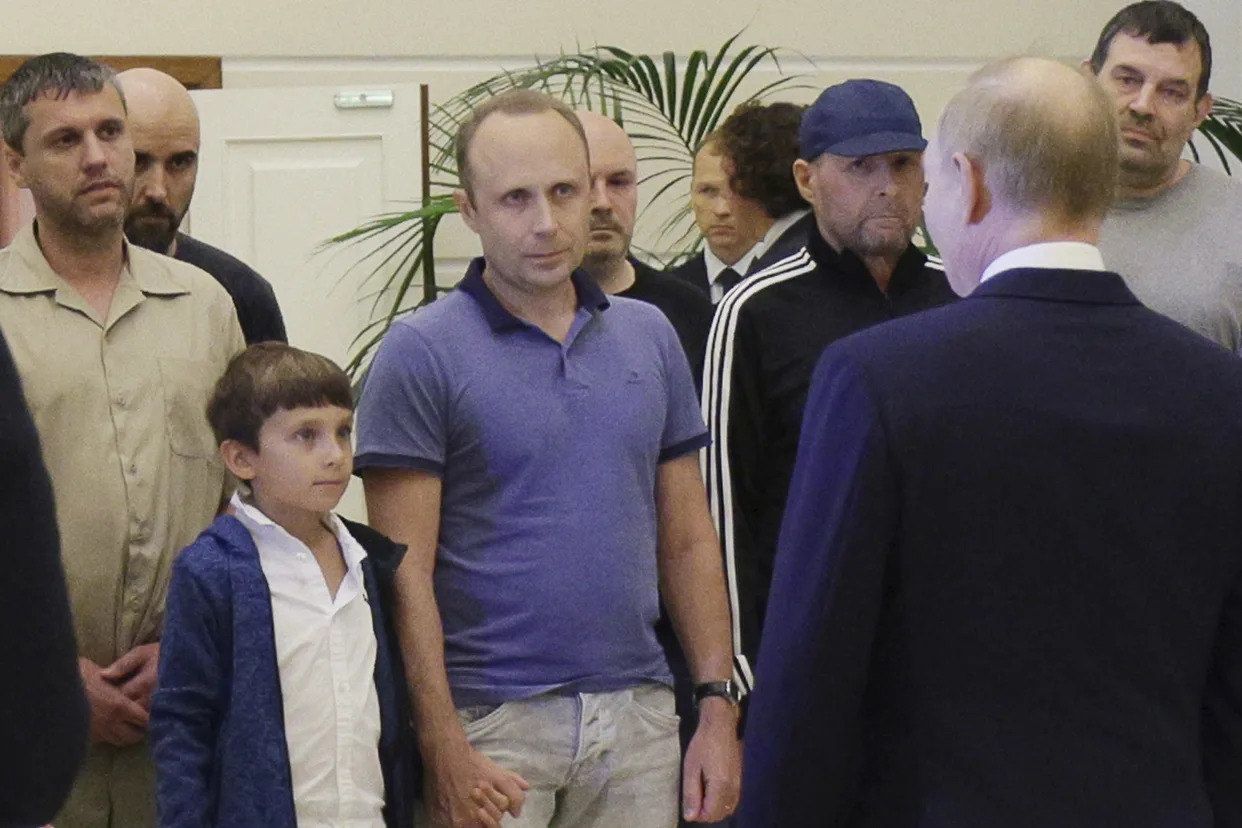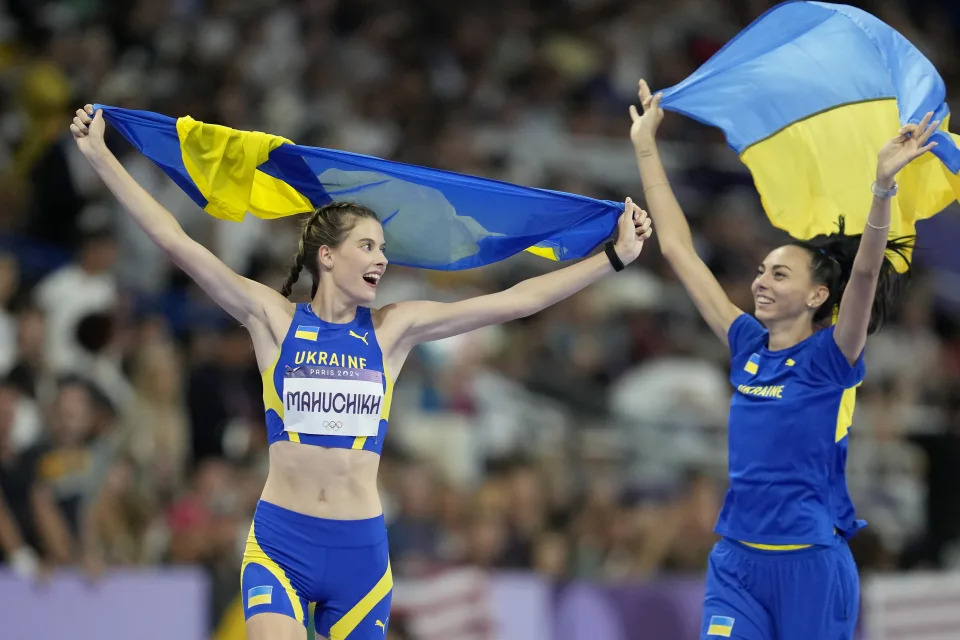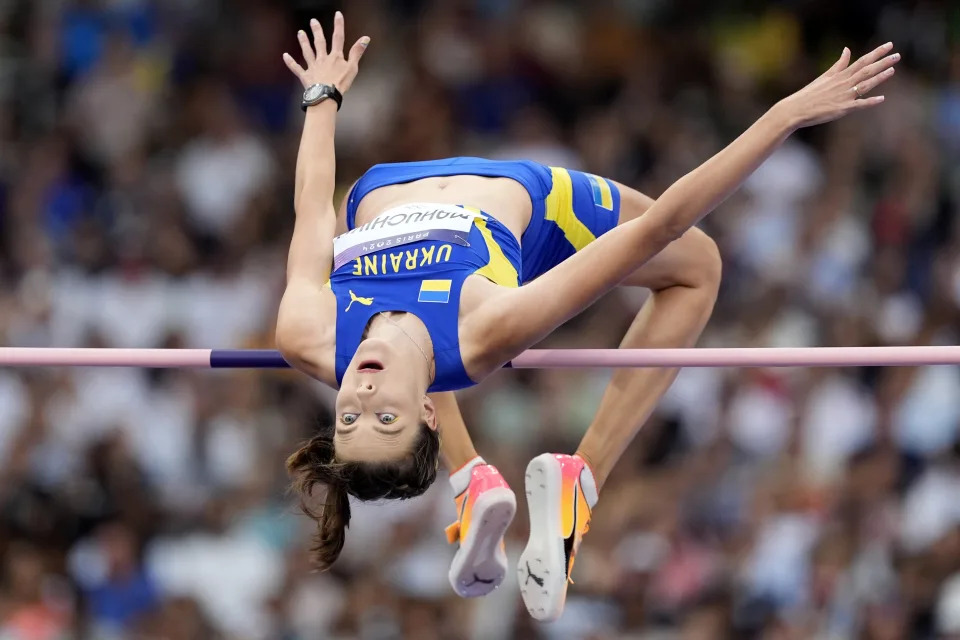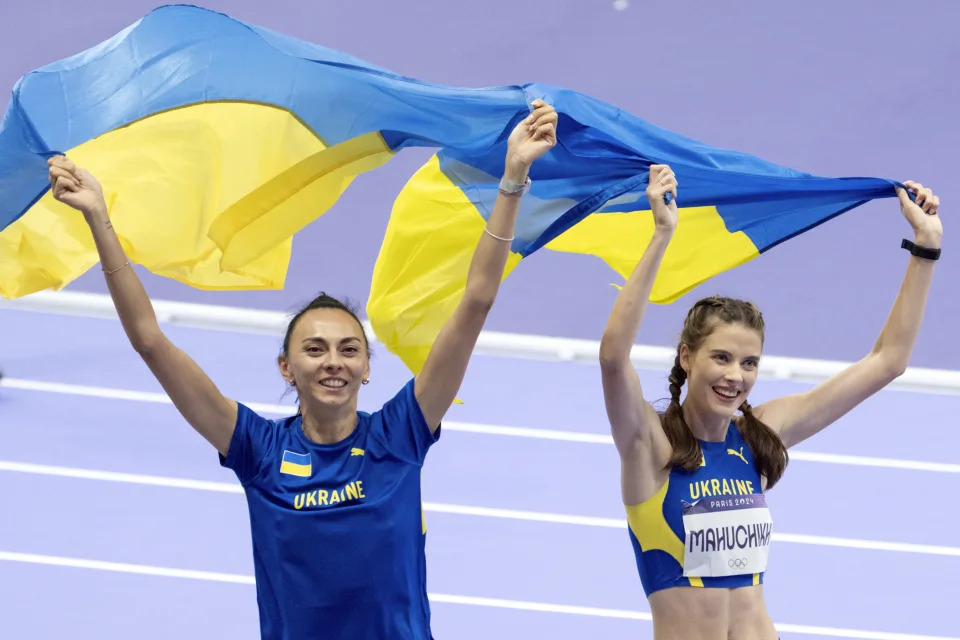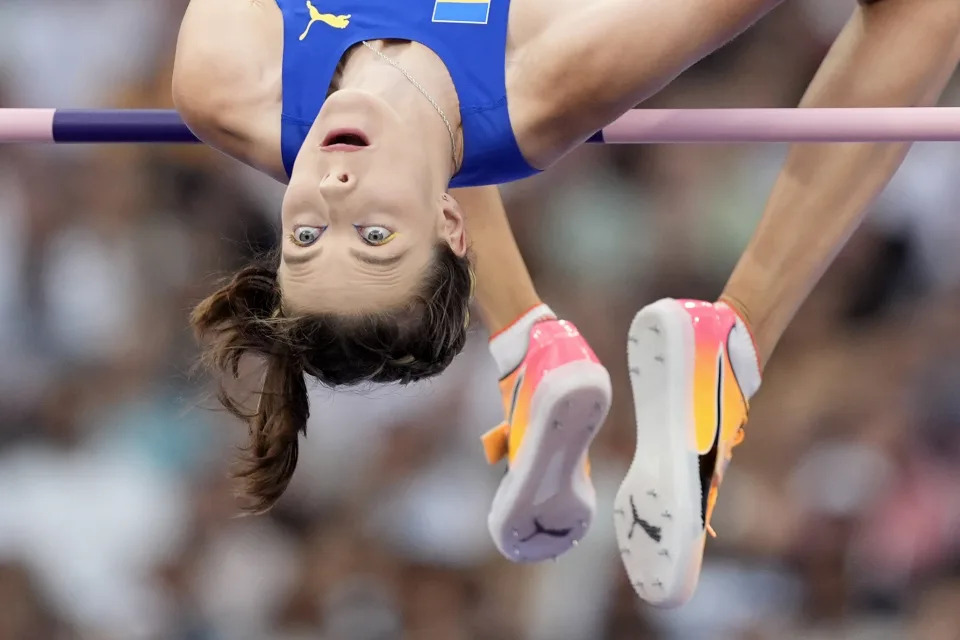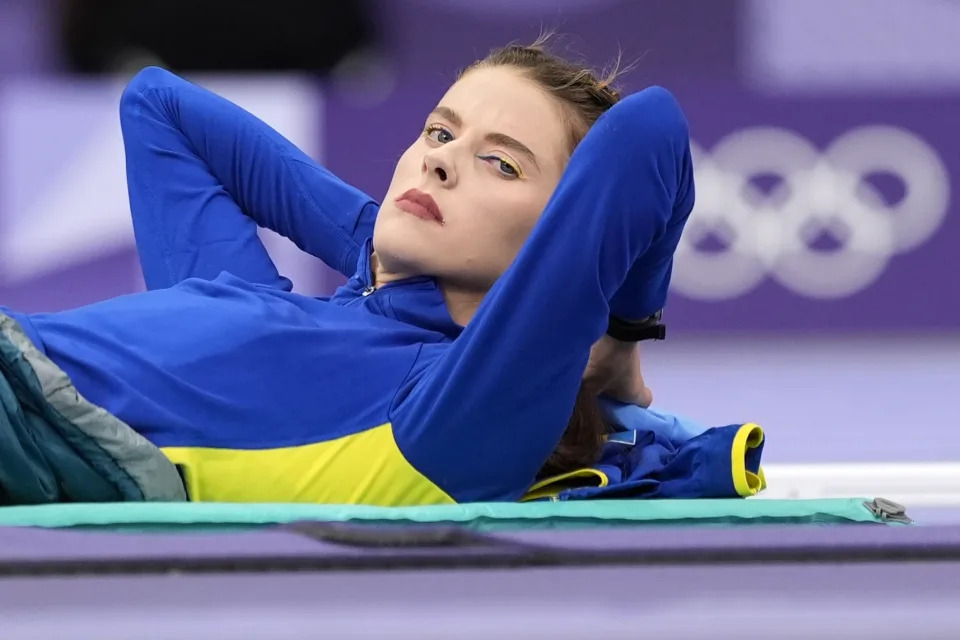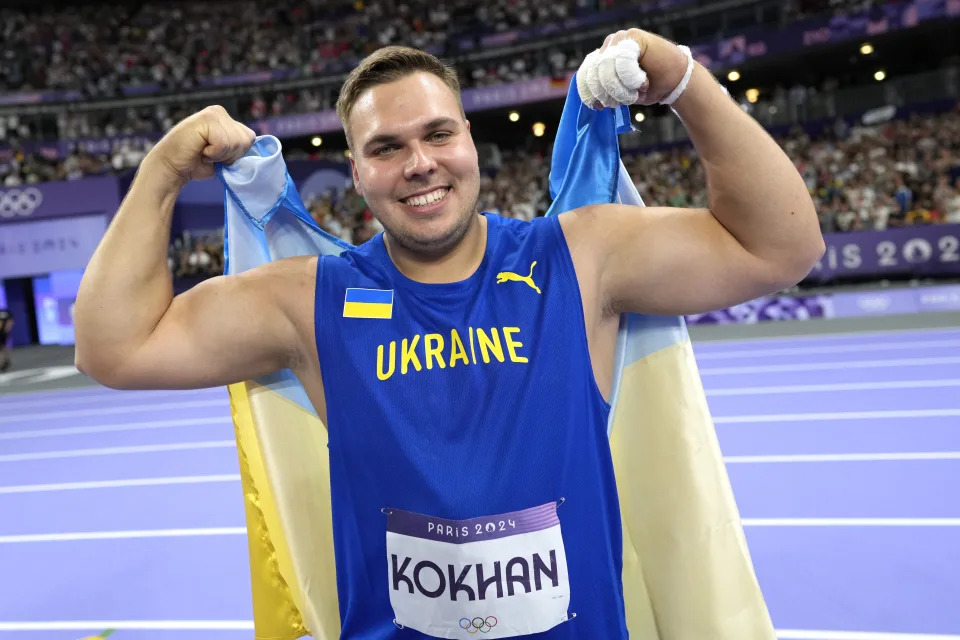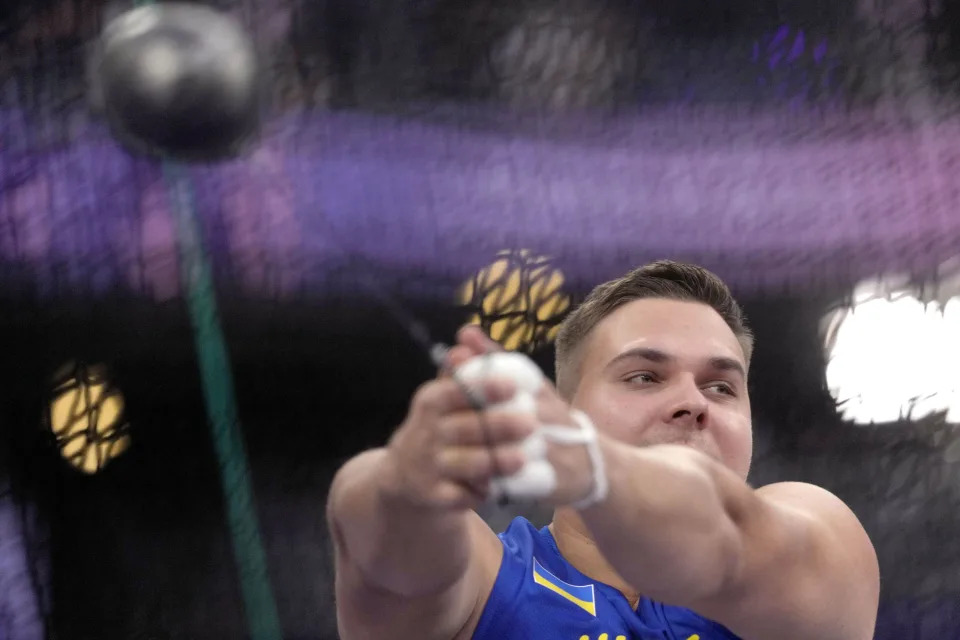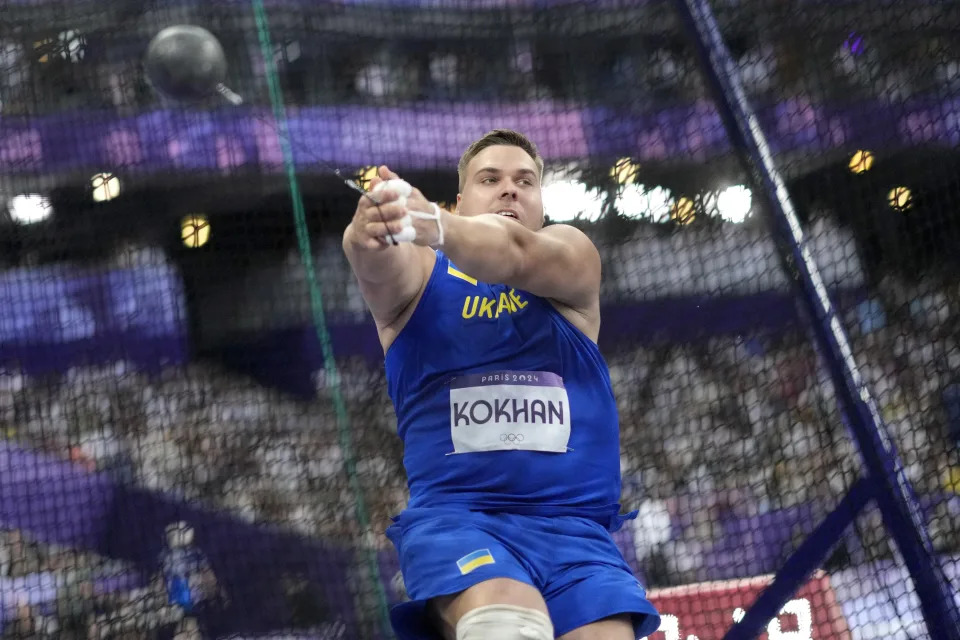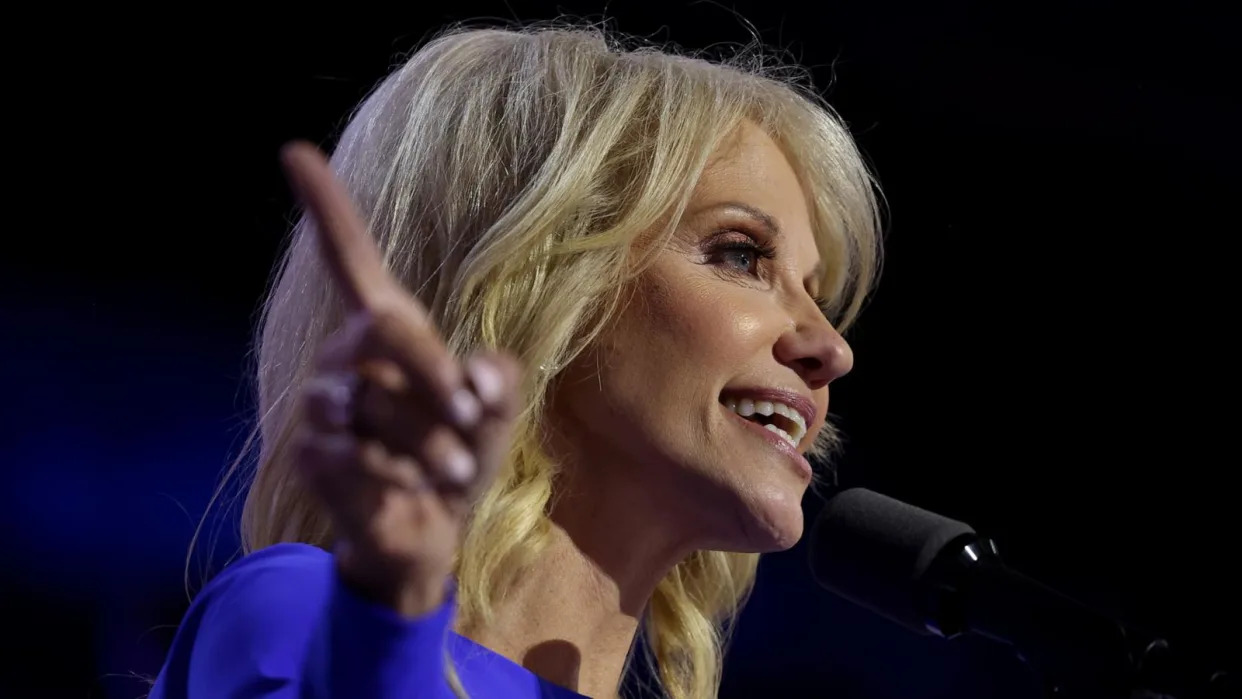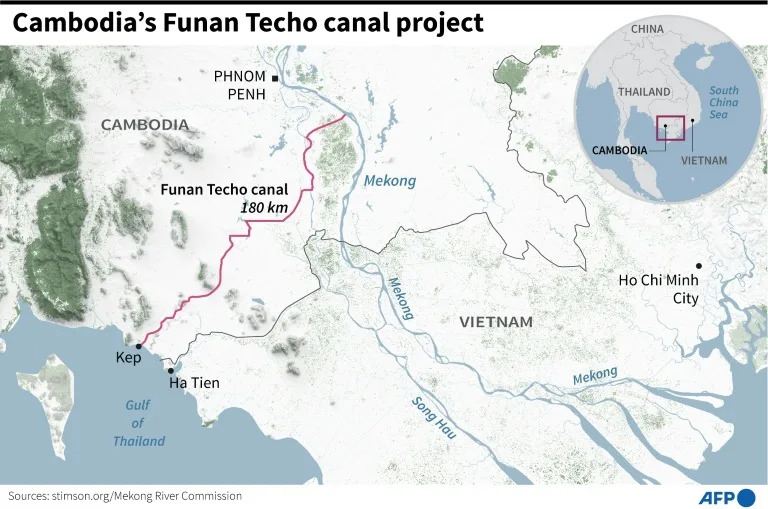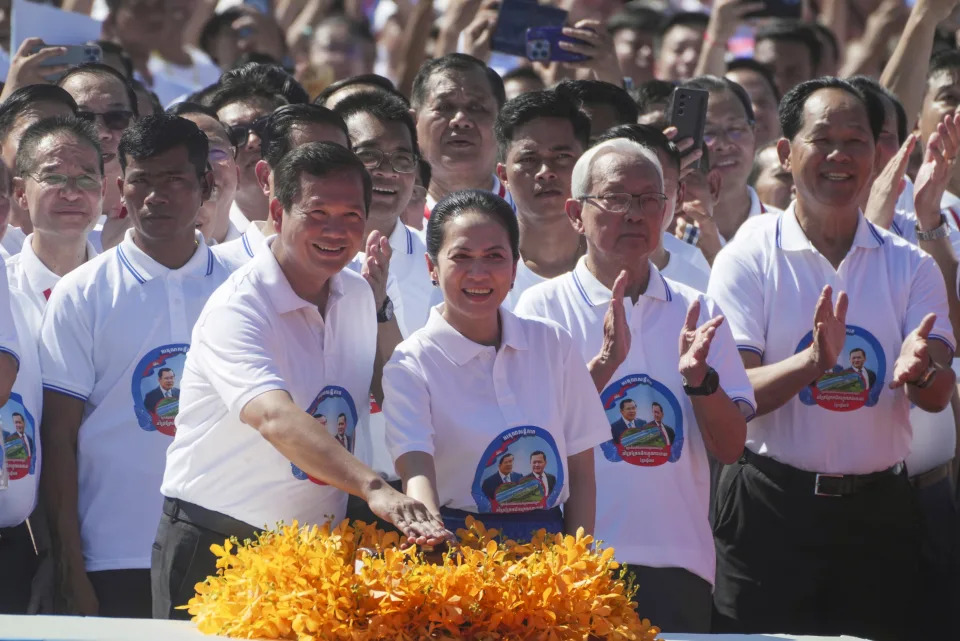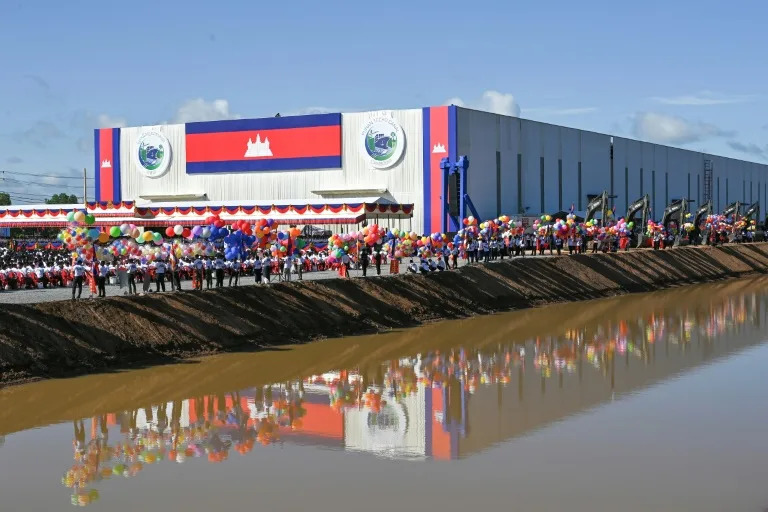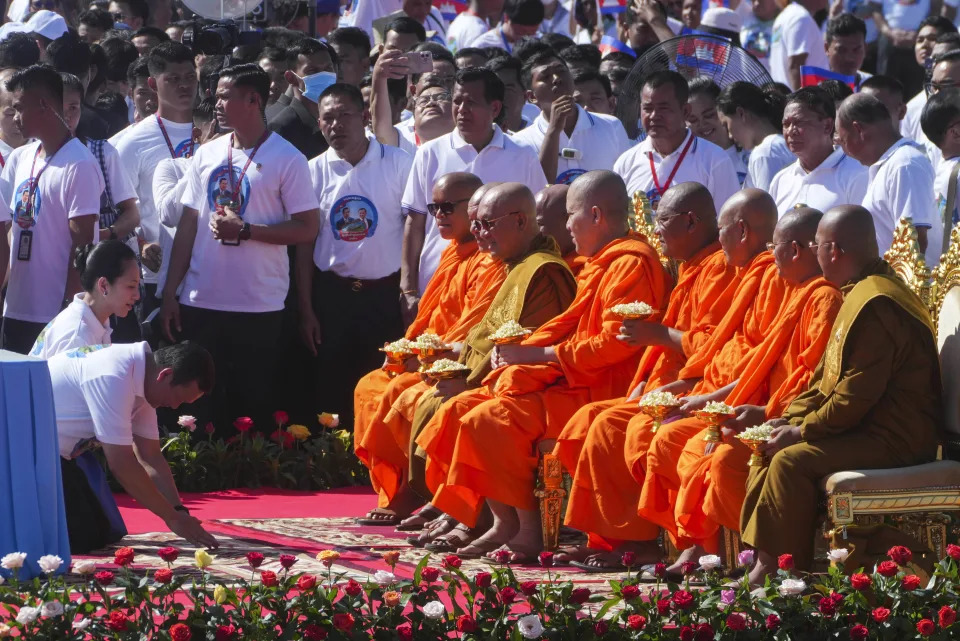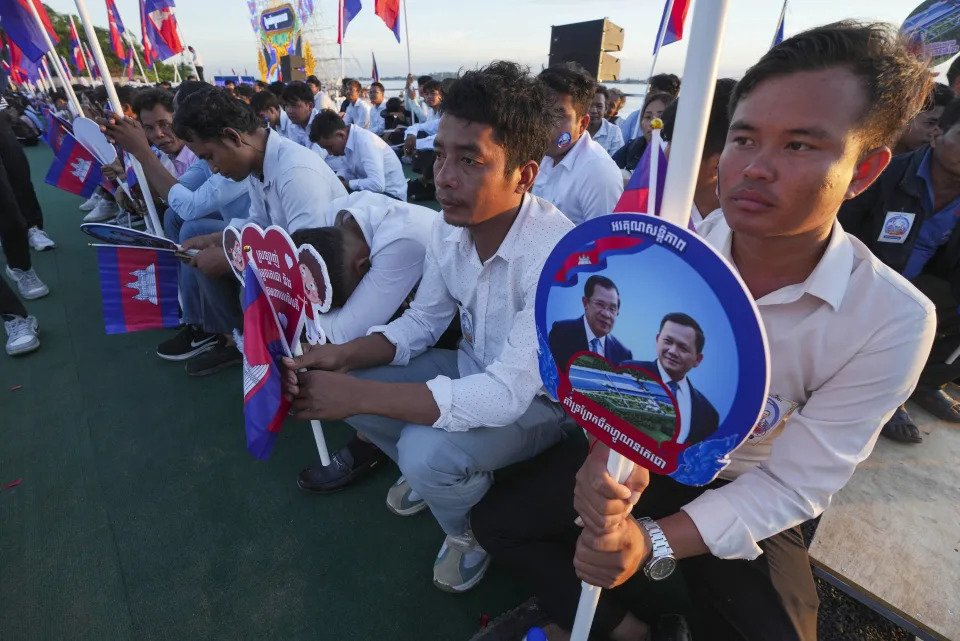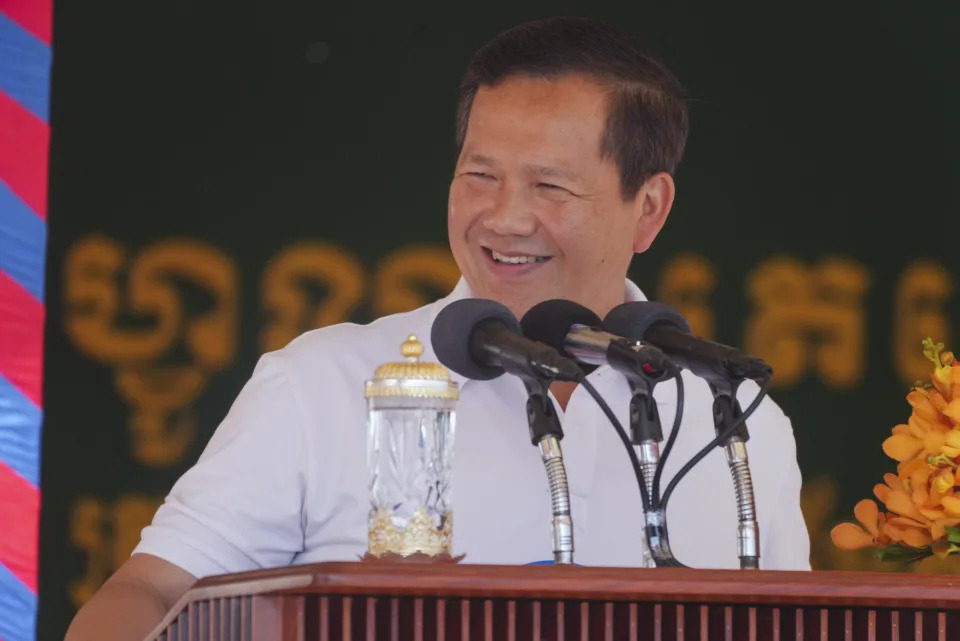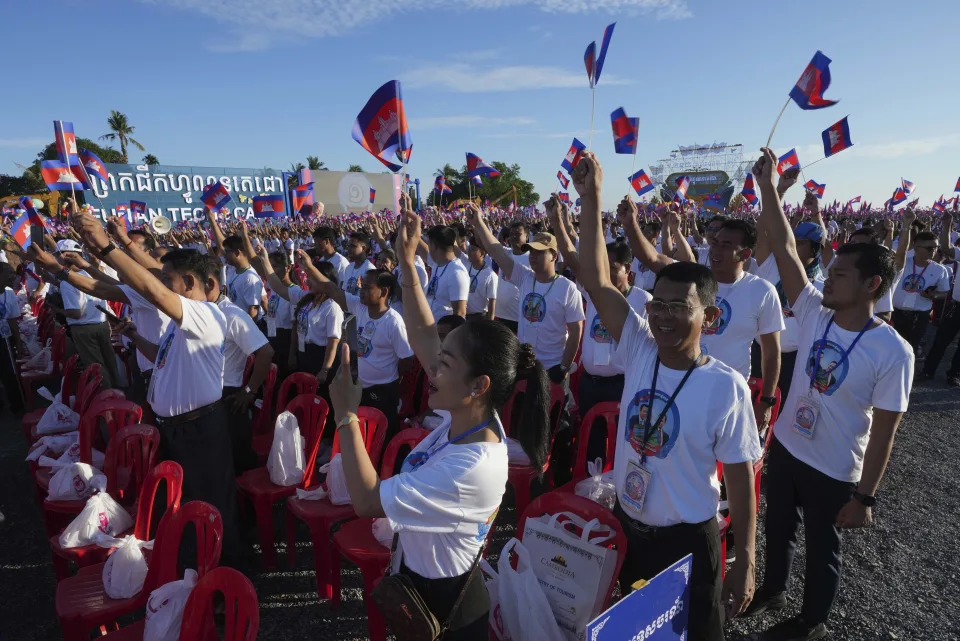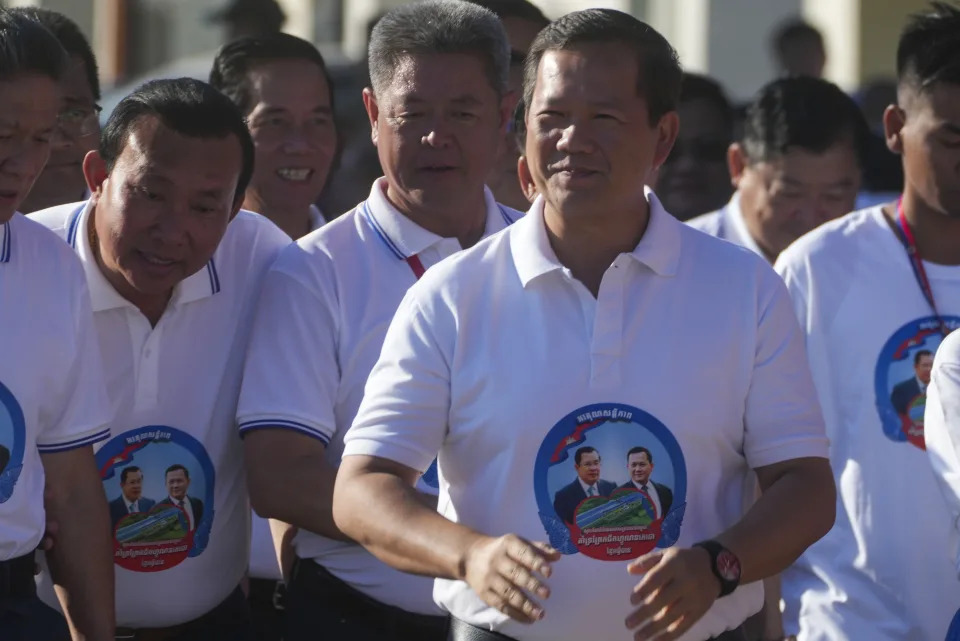AnneClaire Stapleton and Mitch McCluskey, CNN
Sun, August 4, 2024

Mali has severed diplomatic ties with Ukraine after the country supplied intelligence to Malian rebels involved in an ambush against Wagner Group forces in July.
“The transitional government of the Republic of Mali condemns the hostility of the authorities of Ukraine who do not observe that Mali has always called for a peaceful settlement of the crisis between the Russian Federation and Ukraine,” government spokesman Colonel Abdoulaye Maiga said in a televised statement on Sunday.
Andriy Yusov, a representative of Ukraine’s Security Service (SBU), previously said Kyiv had provided the militants with intelligence for the attack, saying on Ukrainian television in late July that “the rebels received necessary information, which enabled a successful military operation against Russian war criminals.”
The attack was claimed by a Tuareg rebels group along with the al Qaeda affiliate in the Sahel, JNIM (Jama’at Nusrat al-Islam wal-Muslimin). Known for ad hoc cooperation, they appear to have collaborated to trap the Russian convoy.
After the attack, JNIM claimed that a “complex ambush” had wiped out the convoy, killing 50 Russians and several Malian soldiers, and published videos showing several vehicles ablaze as well as dozens of bodies in the area. A Tuareg militant group spokesman said some Malian troops and Russian fighters had also been captured during the battle.
According to some unofficial Russian Telegram channels, as many as 80 Russians were killed. That would make it by far the worst loss for Russian paramilitaries in several years of operating in Africa, as the Kremlin has sought to use proxy forces to challenge Western influence across the Sahel and central Africa and prop up unstable regimes.
Previous reporting contributed by CNN’s Tim Lister, Avery Schmitz and Darya Tarasova.
Russians pay homage to Wagner fighters killed in MaliReuters
Sun, August 4, 2024
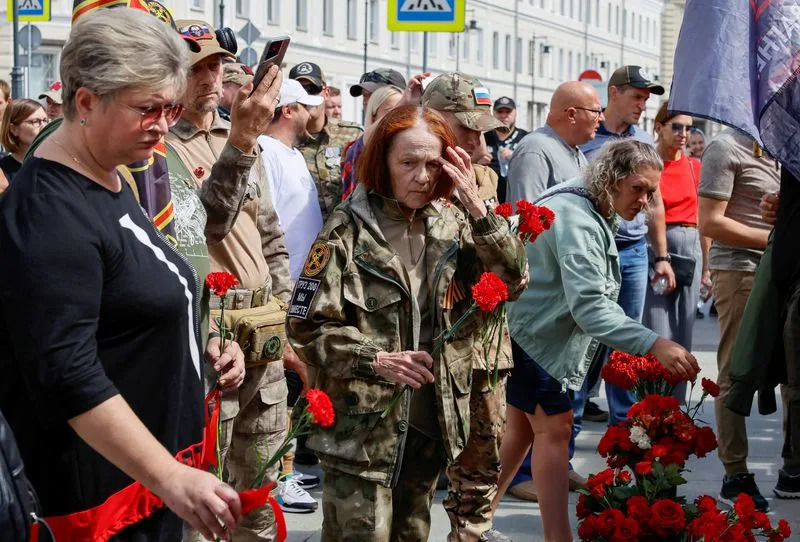
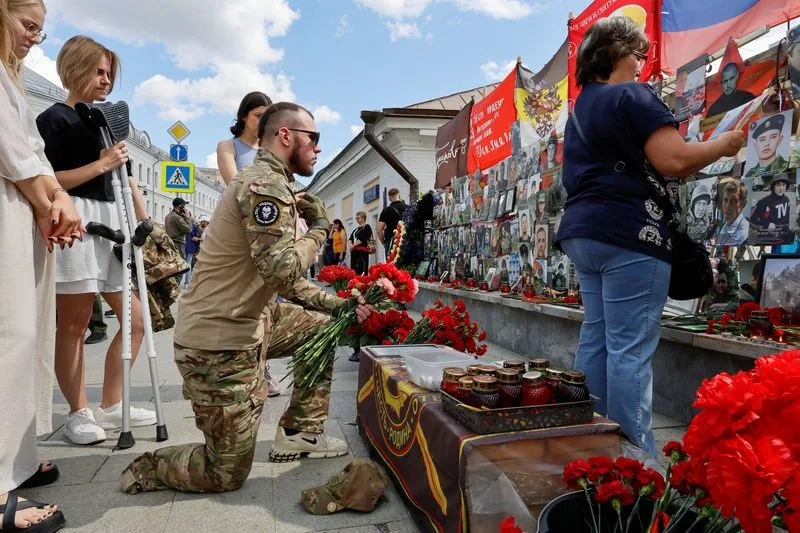
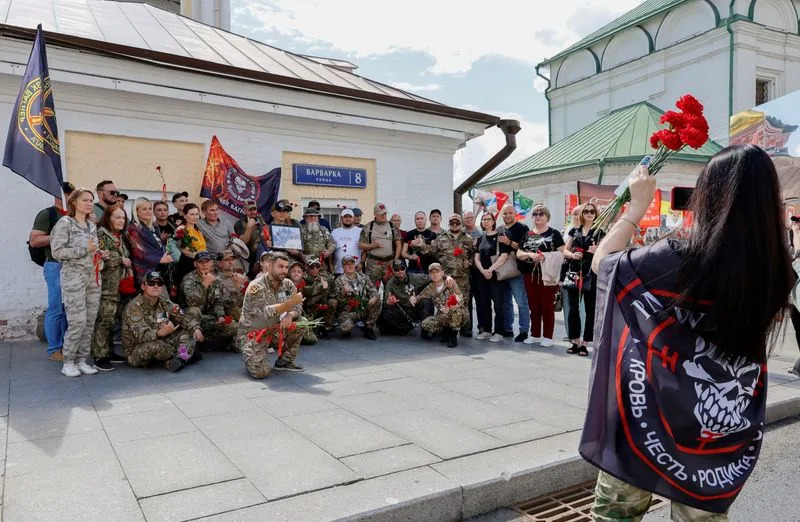
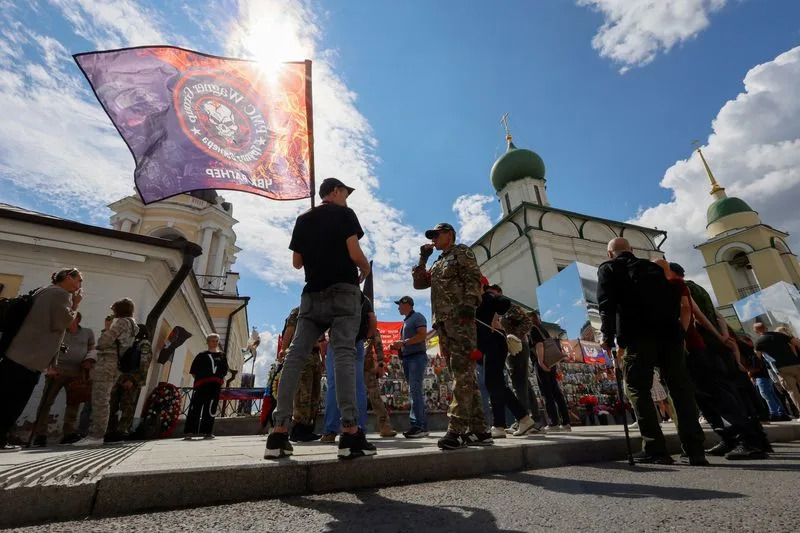

People in Moscow pay tribute to Wagner mercenaries killed in Mali
MOSCOW (Reuters) - In the shadow of the Kremlin, more than 70 Russians paid homage on Sunday to Wagner fighters killed in a major battle with Mali rebels and Islamist fighters, one of the mercenary group's most deadly defeats in Africa.
The Wagner mercenary group said last month its fighters and Malian soldiers had taken losses in heavy fighting against Tuareg rebels and Islamist fighters from an al Qaeda affiliate near Mali's border with Algeria.
Mali's northern Tuareg rebels said they had killed at least 84 Russian Wagner mercenaries and 47 Malian soldiers during days of fierce fighting in late July.
In Moscow, just a few hundred metres from the Kremlin, dozens of Russians came to mourn the fallen Wagner fighters, a Reuters journalist said.
One man, dressed in military clothing and wearing Wagner badges, kneeled before pictures of the group's fighters killed in Mali.
Beneath flags with the Wagner motto of "Blood, Honor, Motherland, Courage", some lit candles. One woman on knees wept before a picture of a Wagner fighter. Others laid red carnations below pictures of the dead.
None of those asked for comment at the makeshift memorial would speak to Reuters.
Mali, where military authorities seized power in coups in 2020 and 2021, is battling a years-long Islamist insurgency. It has said Russian forces there are not Wagner mercenaries but trainers helping local troops with equipment bought from Russia.
(Writing by Guy Faulconbridge; Editing by David Holmes)
